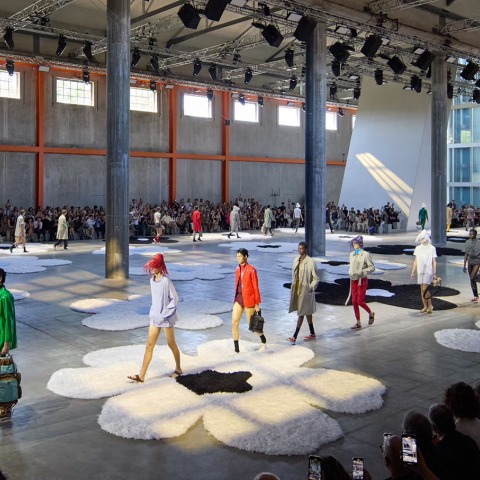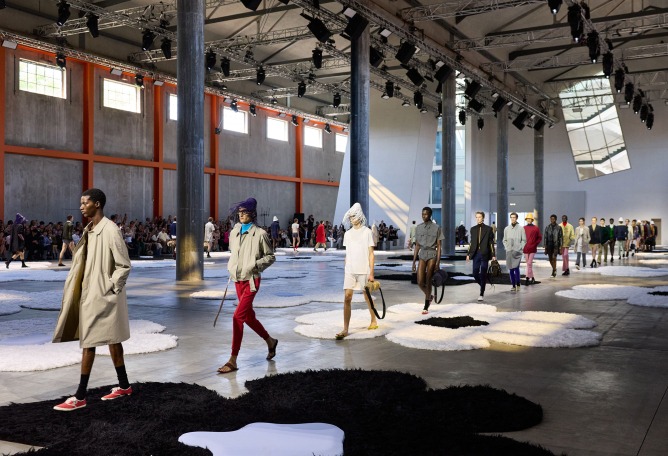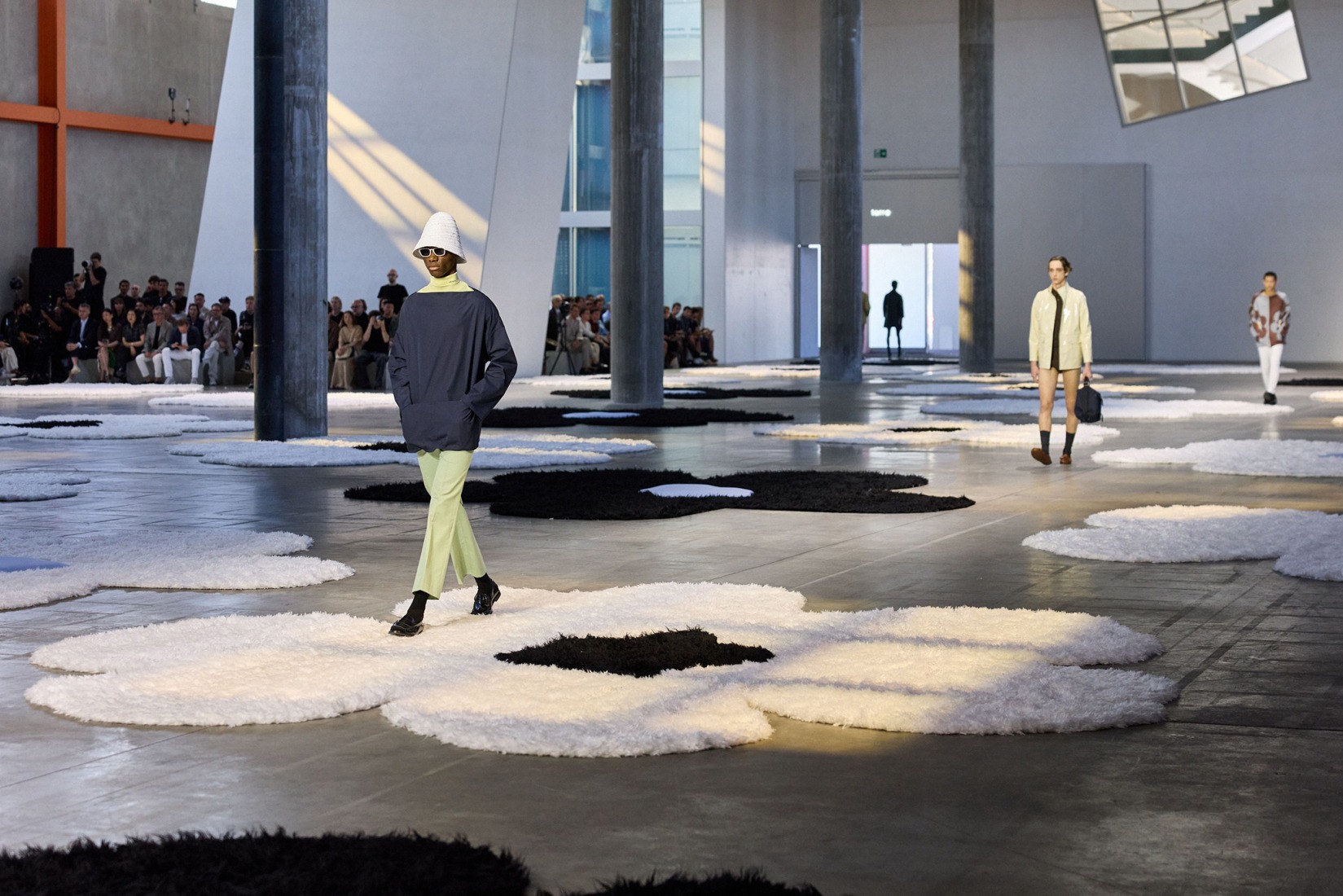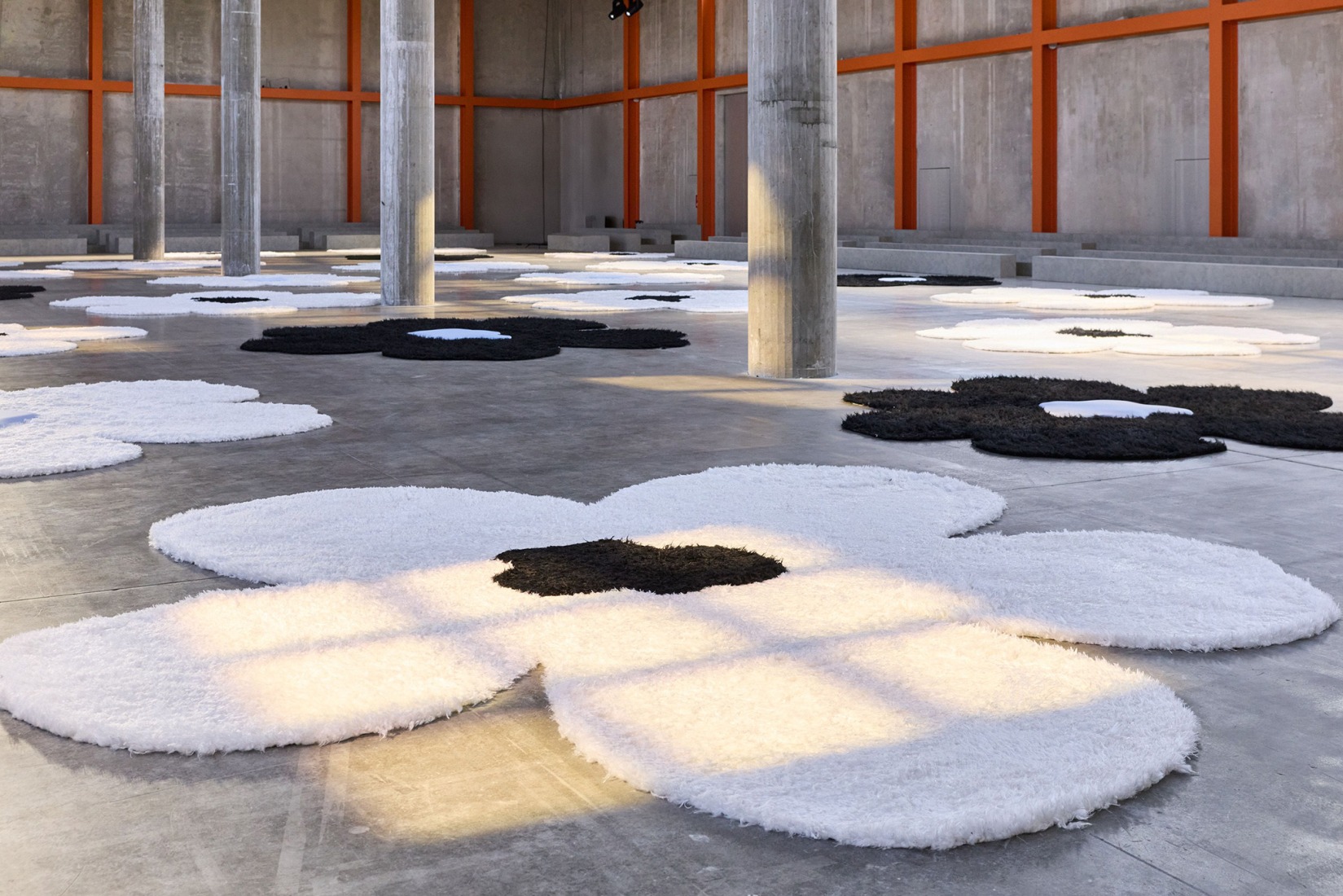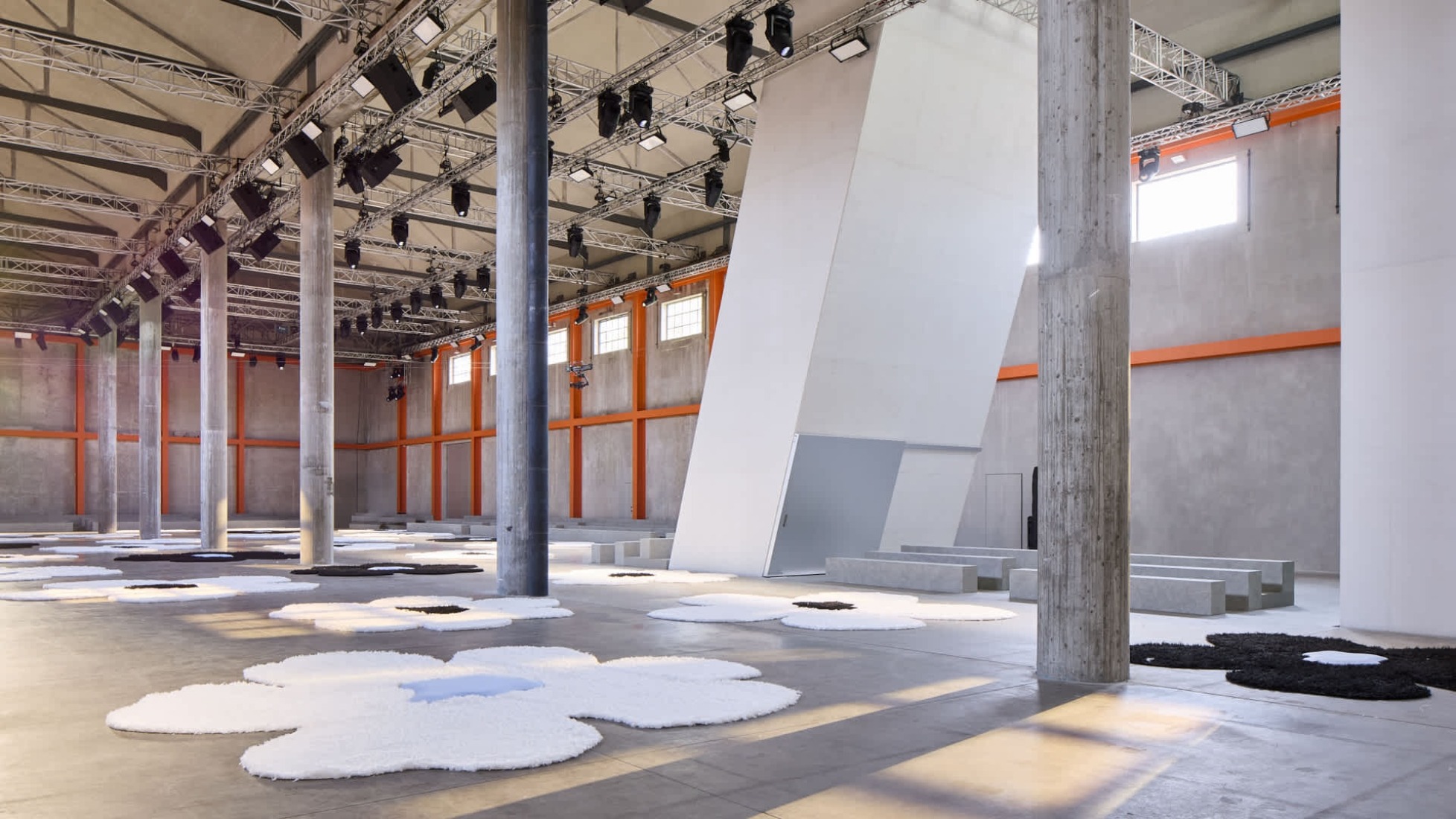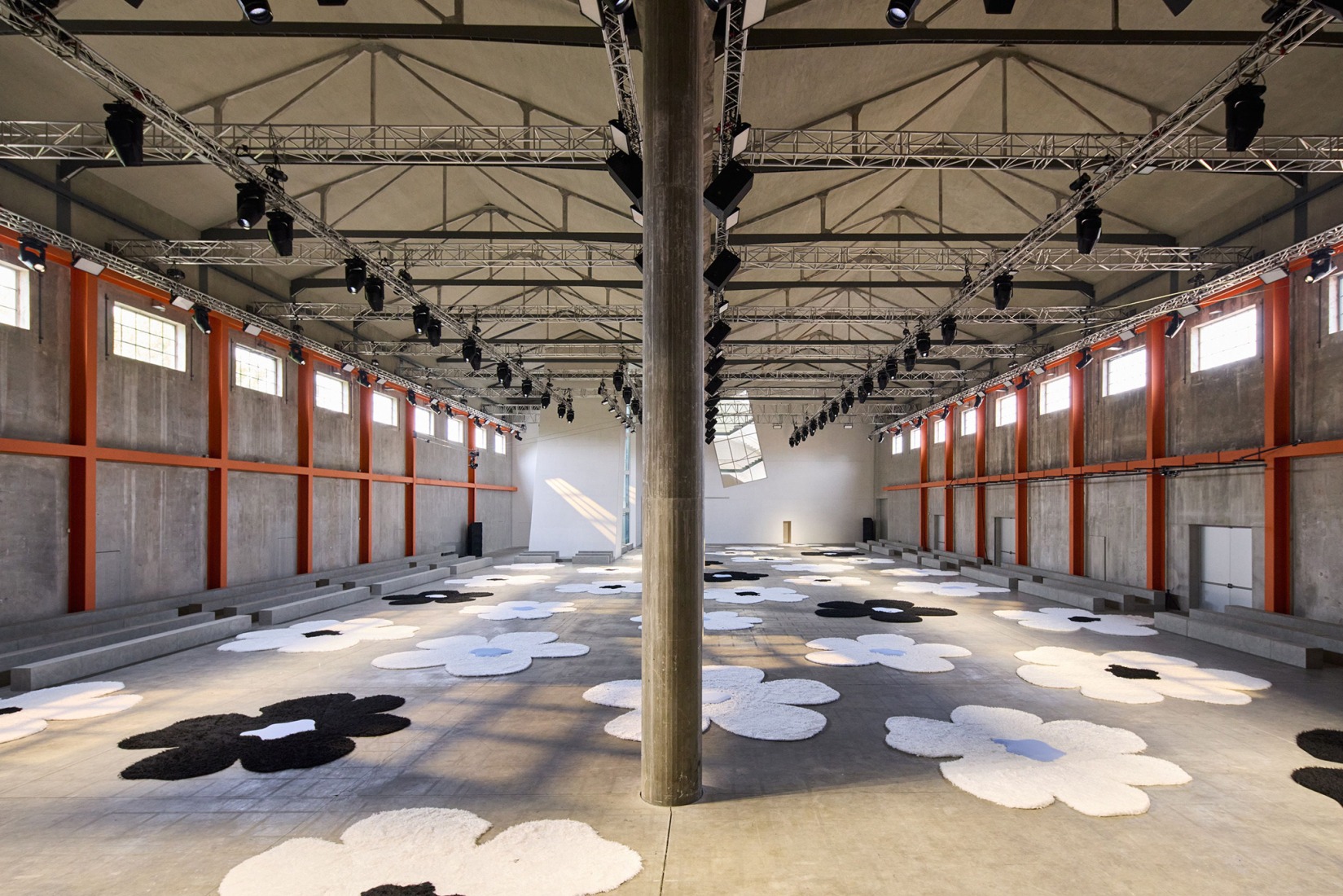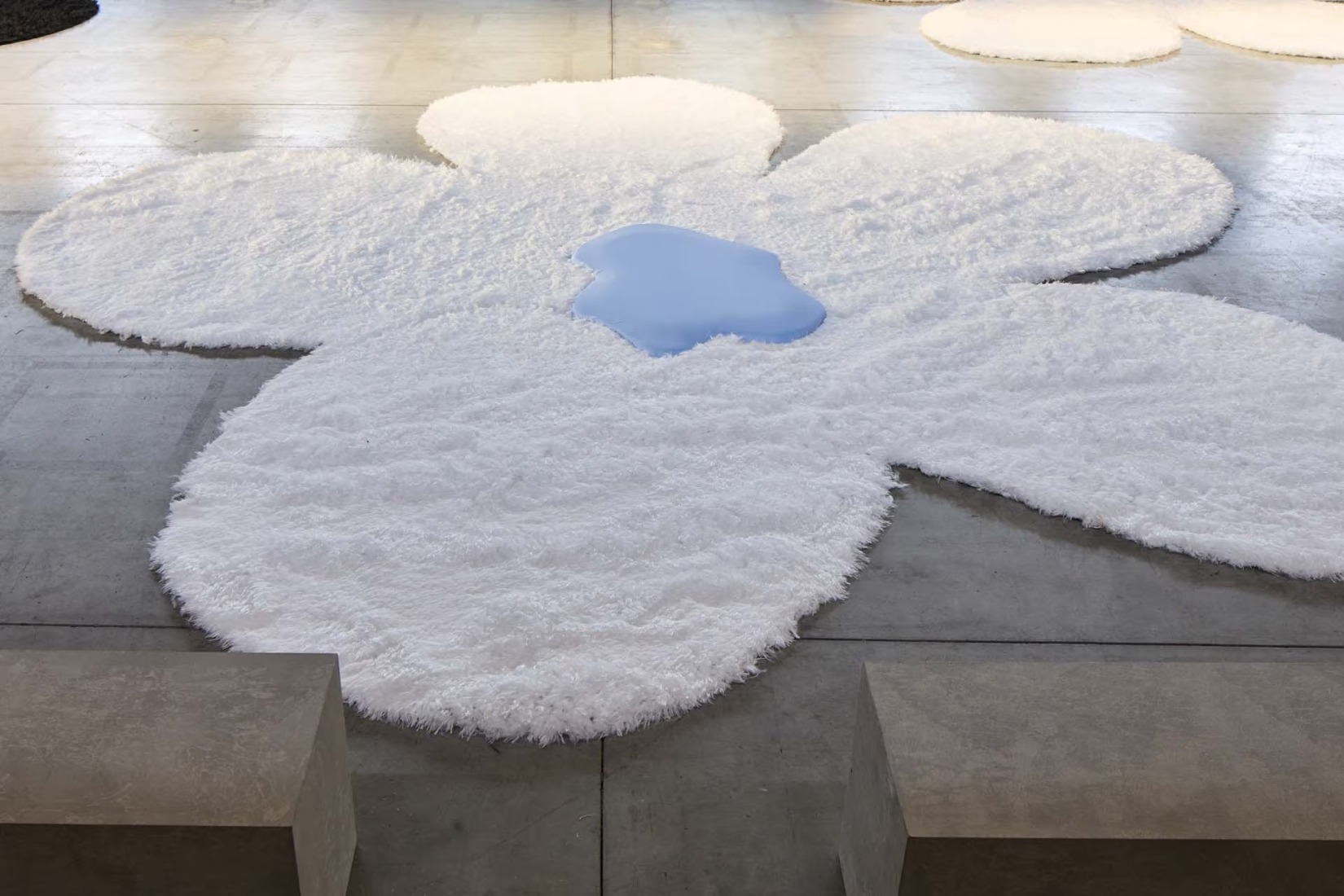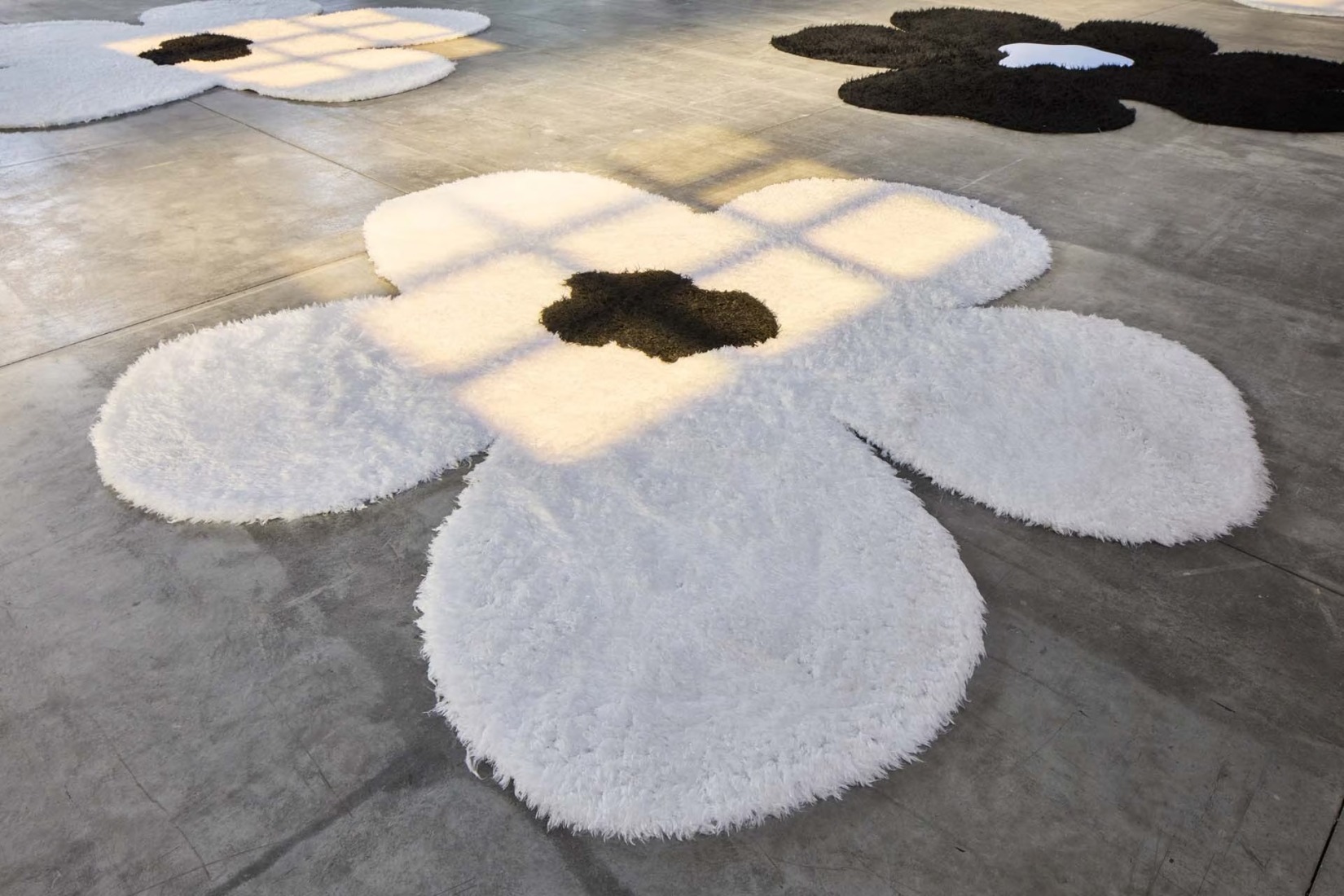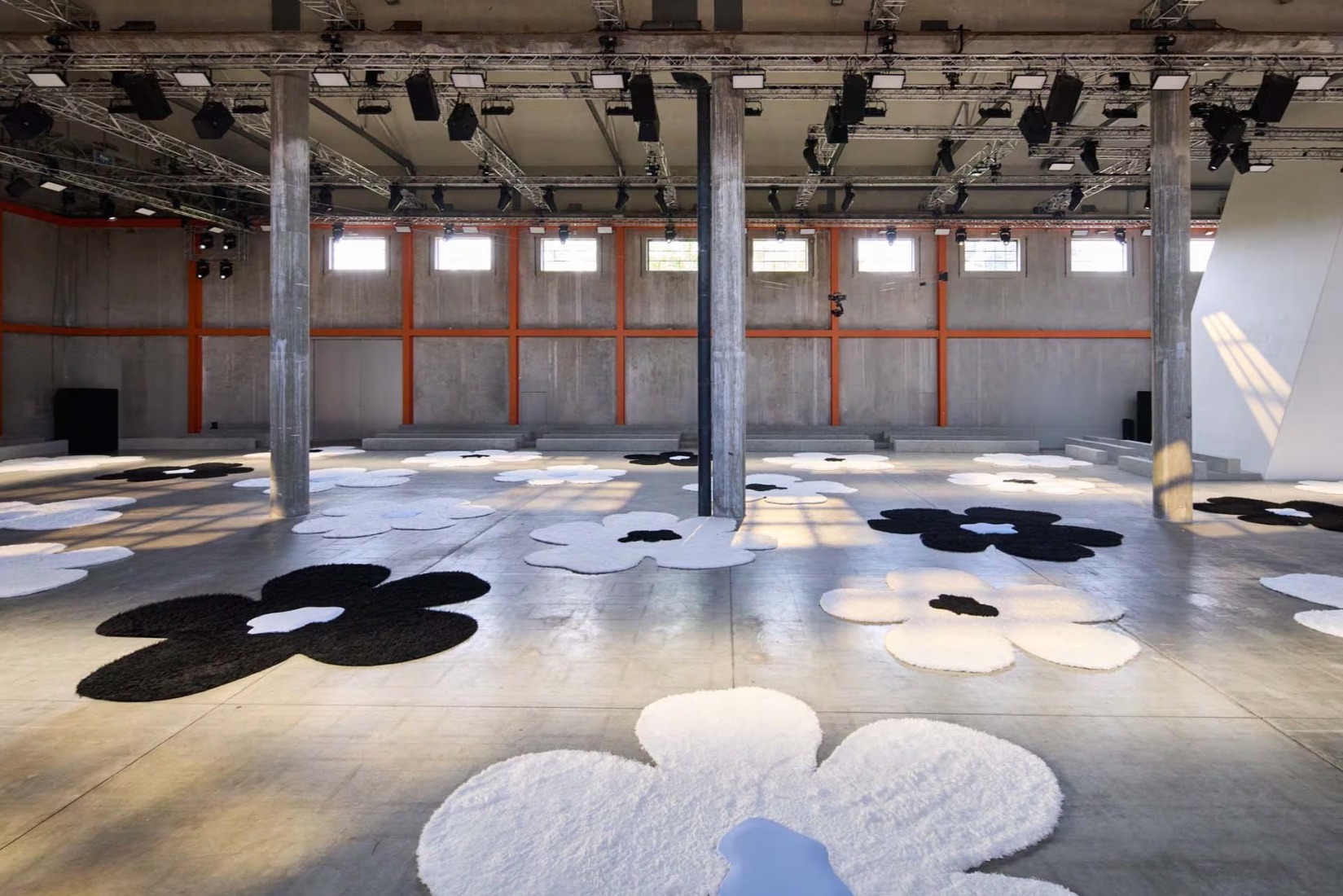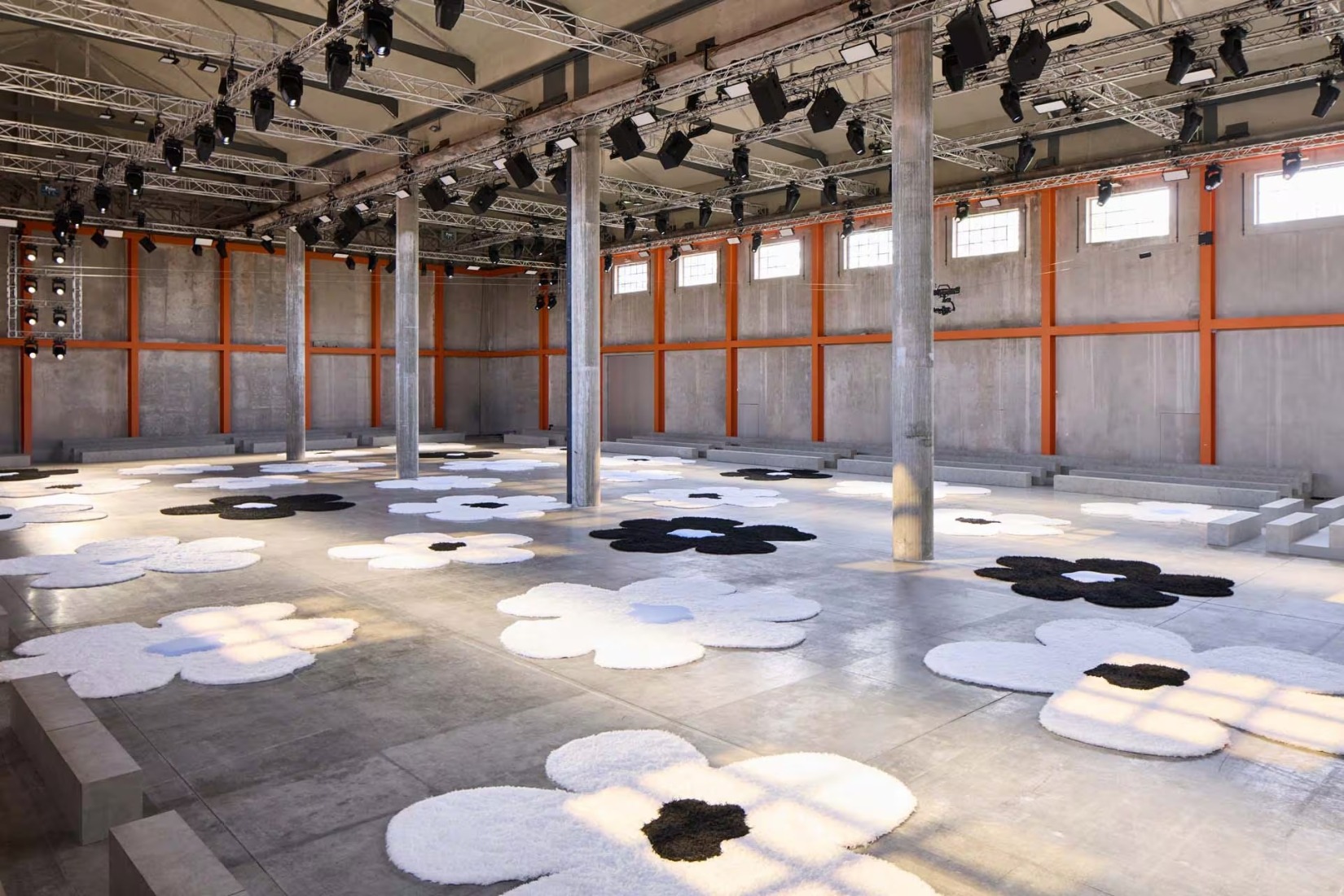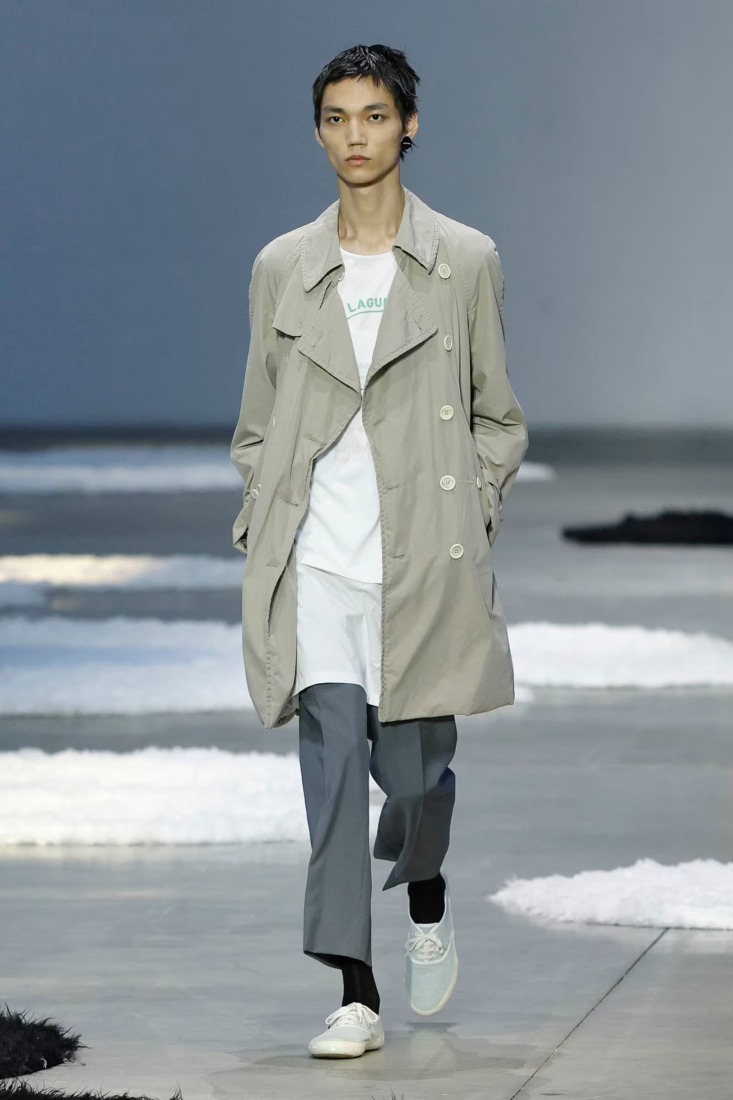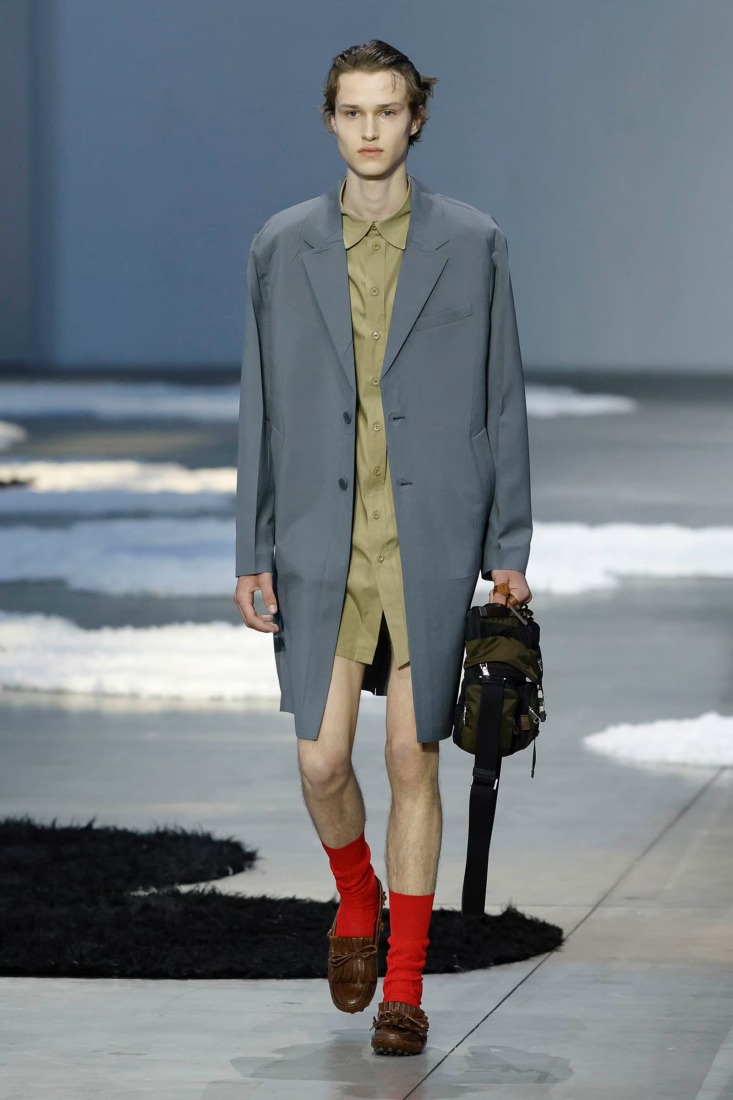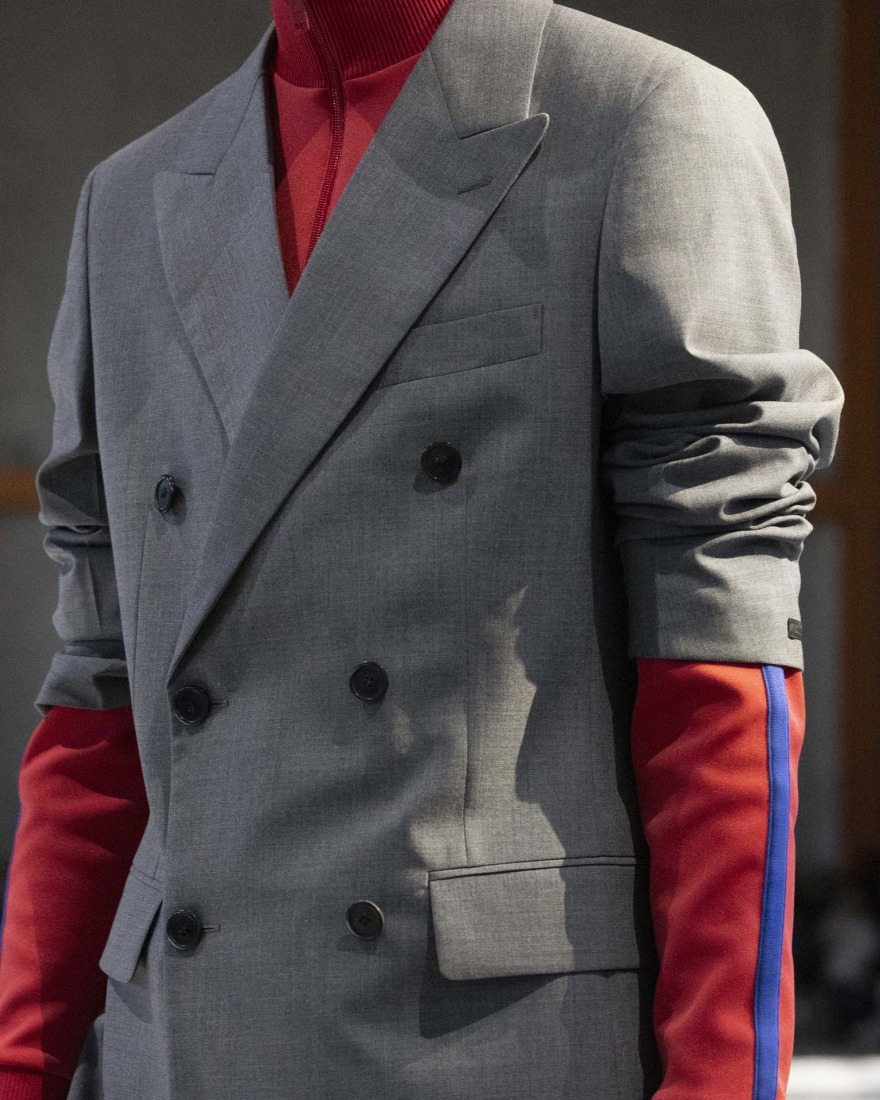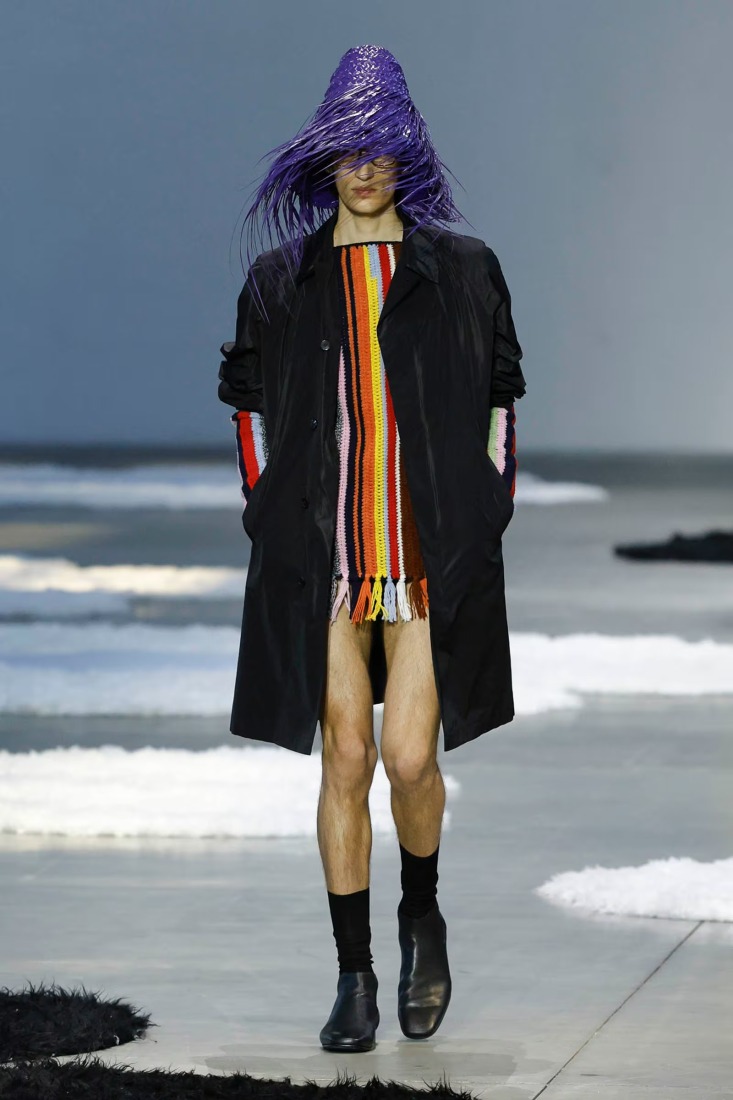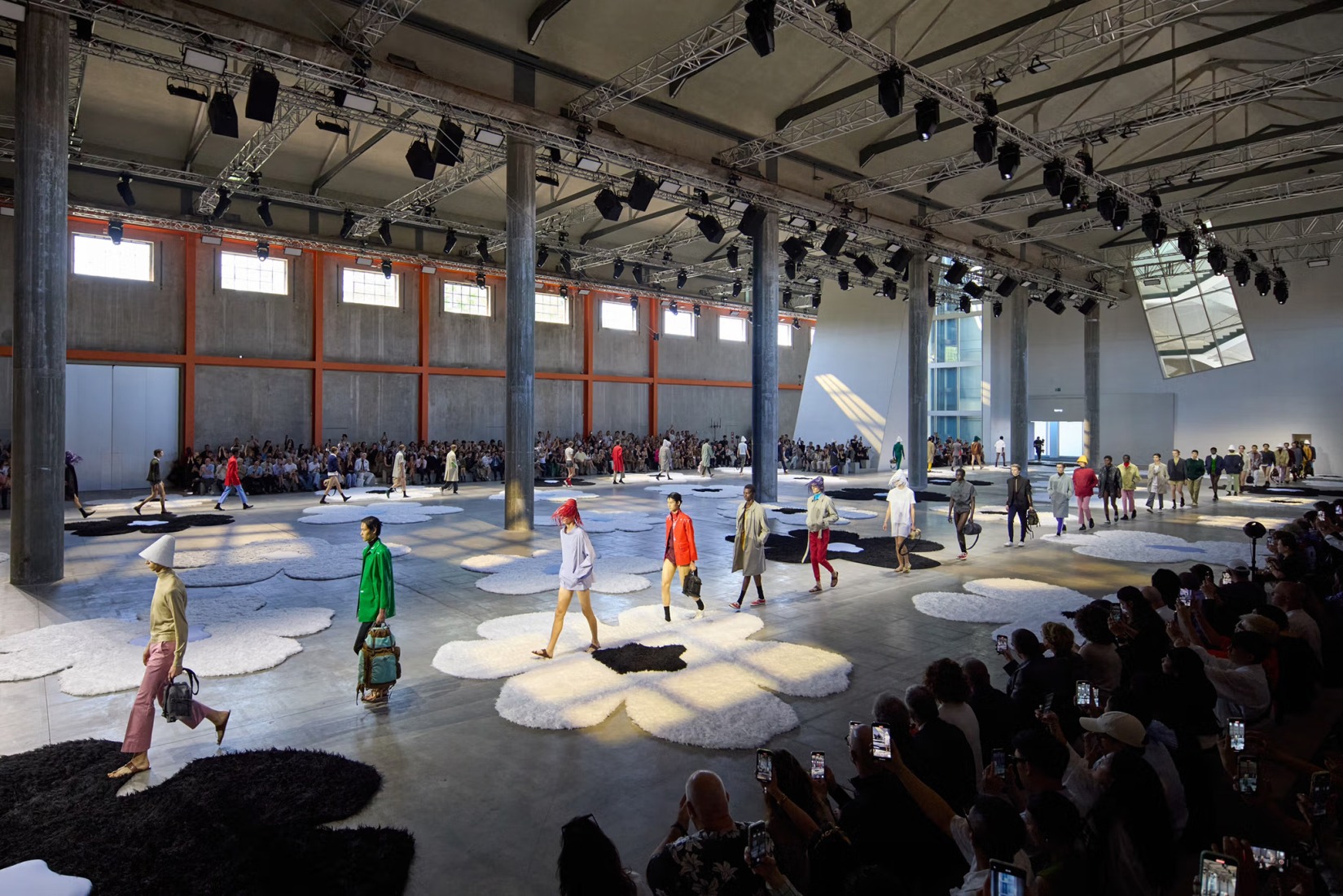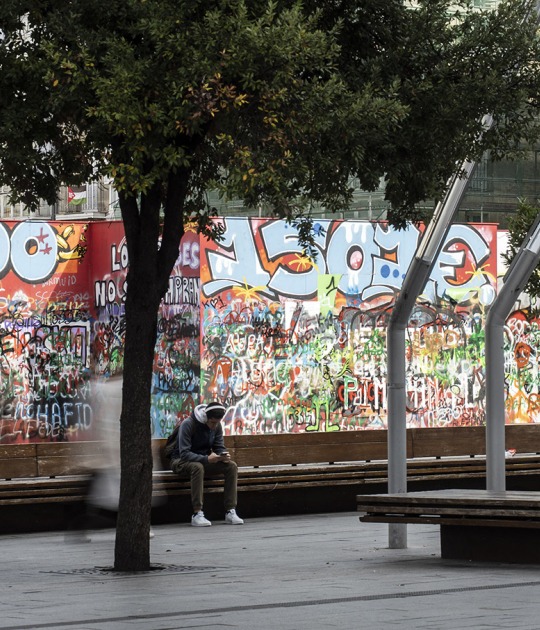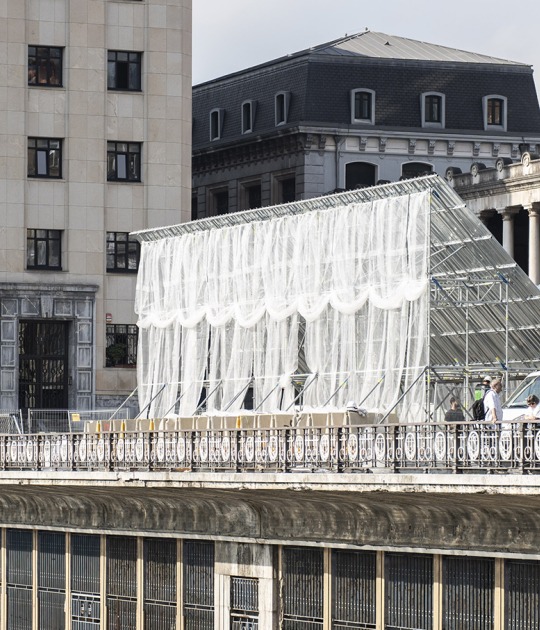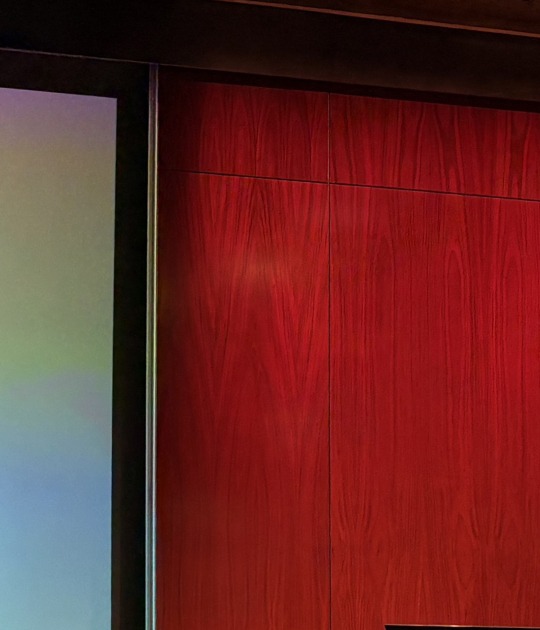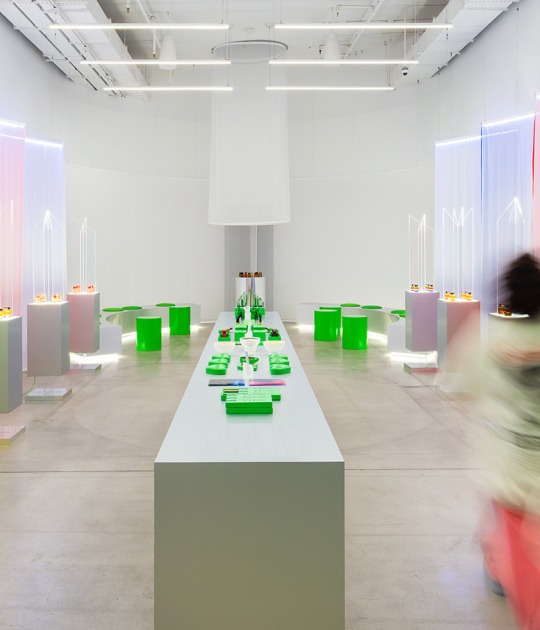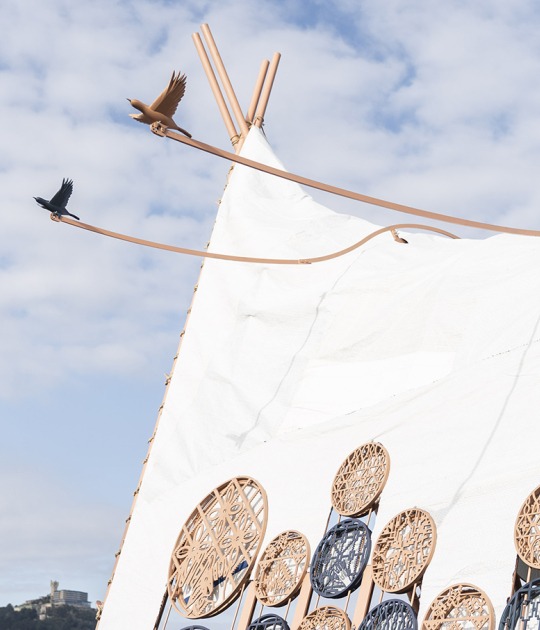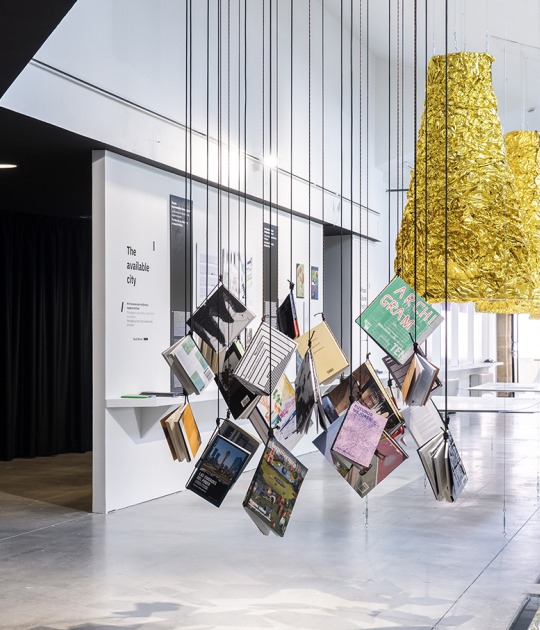The Prada show is always one of the most anticipated events of Milan Fashion Week, which, since 2018, has been held in this space of the Fondazione Prada, known as the Deposito. This space has been used as a blank canvas for the various runways, designed by AMO, the research laboratory of the Rotterdam-based architecture studio OMA, directed by Rem Koolhaas. On this occasion, architects and designers decided to toast a more positive future and seemed to have said: let there be light.
By opening the Depot's usually covered windows, the exhibition space was flooded with a brilliant light that allowed us to admire its raw, industrial beauty.
The Milanese brand has collaborated with the studio for over 25 years, a partnership that began in 1999, when Prada approached OMA to refurbish its New York store on Broadway. The simple wooden steps leading down into the store and its spectacular manipulation of scale have since become one of the most recognized manifestos of fashion retail.
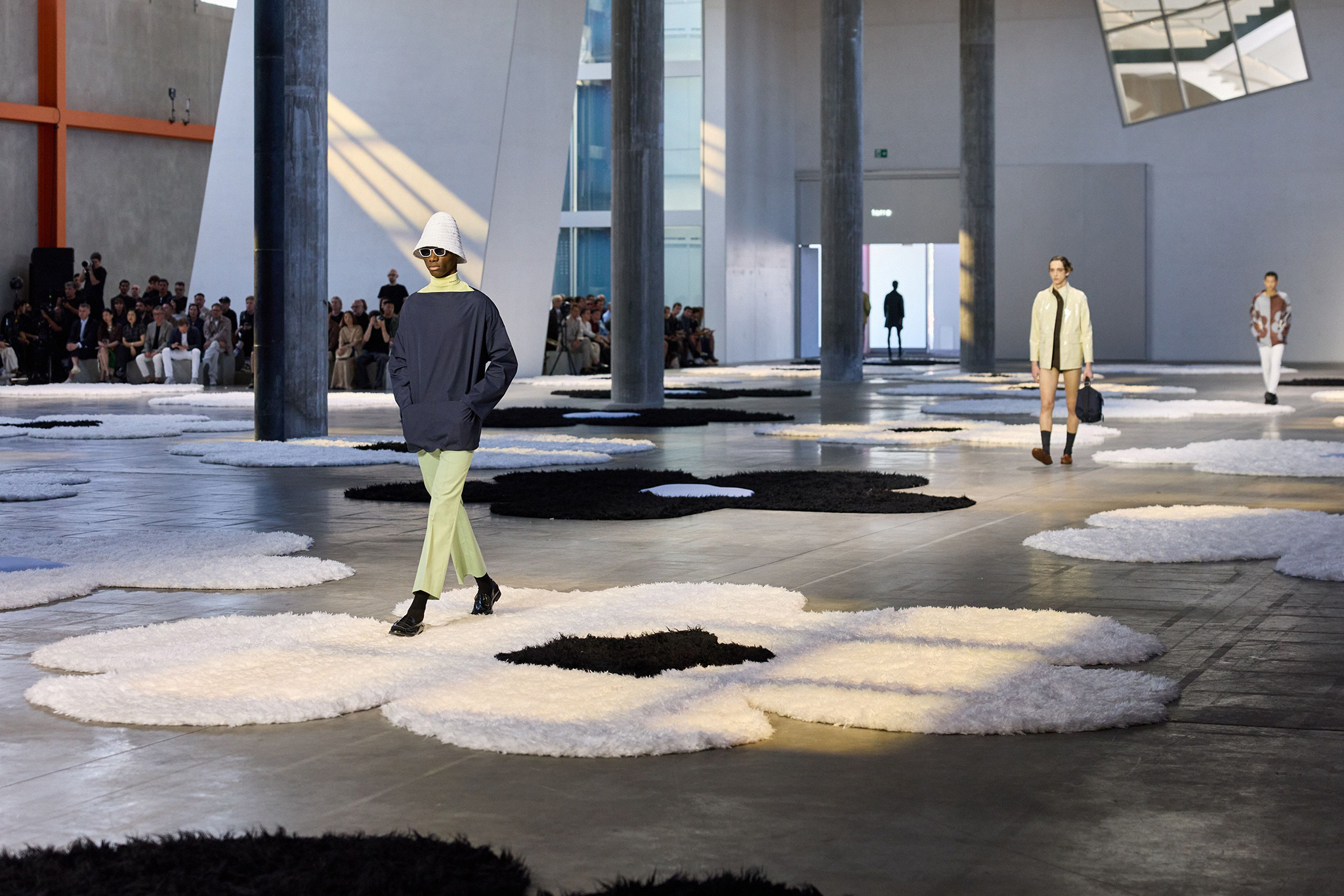
Prada’s show set at Milan Fashion Week S/S 2026, with the Deposito space at Fondazione Prada windows opened, allowing light in. Photograph courtesy of Prada.
Project description by AMO/OMA
The design of the Prada Spring/Summer 2026 Menswear show is a simple intervention that exposes the Deposito as it is. A powerful setting in its own right, the space has rarely been shown in its bare form.
After many seasons, its windows are opened, allowing natural light in during the show. The full height and raw surfaces of the room become visible, forming a natural backdrop. The seating is placed directly against the walls, leaving the center open. A layer of oversized flower-shaped carpets covers the concrete floor – the show’s most visible addition. Their form and material are deliberately familiar and unassuming, intended not to draw attention away from the space itself. Models enter through a small door within the building and exit directly outdoors, allowing the show to extend into the surroundings.
